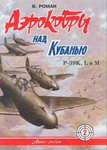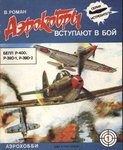FLYBOYJ
"THE GREAT GAZOO"
The factor would be less apparant in the Pacific due to the smaller scale of the fighting, but it was still there. For example the battle of 7 Aug, 42 in which Tainen Air Group spanked the 3 CV CAP over Lunga can in part be attributed to recent rotations after the big Midway battle. In other words, some hard lessons had to be relearned the hard way as oft happened in the Desert.
You're citing one situation which I don't believe was the norm of the Pacific War. Look at some of the confrontations with the 9th 39th FS in Dec 1942 when practically the whole group were newbies, let alone transitioning into a new aircraft...






